Benefits of Yin Yoga
Introduction:
Different from the fast-paced, dynamic yoga techniques that most people are accustomed to, yin yoga is an unusual practice. With origins in ancient Chinese Taoist traditions and an influence from Traditional Chinese Medicine (TCM), yin yoga offers a unique set of benefits for mental, emotional, and physical health that more intense yoga approaches frequently overlook. Paulie Zink, a master of martial arts, established Yin Yoga in the late 1970s. Paul Grilley and Sarah Powers later popularized it. The focus lies in holding poses for extended durations of time, allowing practitioners to access deeper levels of their connective tissues.
This gentle, contemplative exercise improves flexibility and strengthens the mind-body bond. However, what really draws people to Yin Yoga is its capacity to release latent tensions in both body and mind. Think of you are sinking into a yoga pose that is uncovering the layers of tightness you did not even know existed. Are you excited to know? Then dive into the horizon of Yin Yoga and discover how this unique ancient practice can transform your modern life which will offer results far beyond what meets the eye.

-
What is Yin Yoga?
The very contemplative practice of yin yoga stands in stark contrast to the dynamic forms of contemporary yoga.
-
The Origin of Yin Yoga:
Originating from ancient Chinese Taoist traditions and refined by Paulie Zink in the late 20th century, Yin Yoga focuses on slow, long-held poses that target the body’s connective tissues.
- Philosophy of Yin Yoga:
The philosophy of Yin Yoga is rooted in the balance of yin and yang energies, promoting stillness, patience, and inner awareness. This unique approach not only enhances physical flexibility but also fosters a profound connection between mind and body, offering a tranquil yet powerful experience. Curious to explore its depths? Yin Yoga might just be the mindful escape you need.
- Key differences of other Yoga Styles:
Yin Yoga focuses on the body’s connective tissues, such as tendons, fascia, and ligaments, via passive, long-held postures, in contrast to dynamic, “yang” techniques like Vinyasa or Ashtanga. Deeper access to the body’s inner layers is made possible by this technique, which enhances joint health and flexibility.
-
Core Principles of Yin Yoga:
- Comprehending the “Yin” Concept
The word “yin” alludes to the passive, cooling components of the practice when we are discussing Yin Yoga. It offers a calmer, more contemplative approach in contrast to the “yang” aspects of more vigorous styles of yoga.
- The Value of Silence and Perseverance
What we can learn from Yin Yoga is the importance of patience and calm in life as much as on the yoga mat. Poses can be held for many minutes, allowing practitioners to completely engage their body and mind and go deeper into the stretch.
- Investigating the Mind-Body Link
Yin Yoga facilitates a deep mind-body connection by having practitioners tune into their breath, feelings, and emotions via a sequence of positions.
-
The Physical Benefits of Yin Yoga:
- Increased Adaptability
The main objective is to extend the practitioners more flexibility. The connective tissues of the body are gently stretched when holding postures for lengthy periods of time, which improves the general flexibility
- Better Joint Health
Generally, it acts on the ligaments and tendons. Yin Yoga is especially beneficial for joint health because it helps to keep joints flexible and less rigid.
- Enhanced Blood Flow
Yin Yoga’s careful, slow motion improves circulation and helps supply nutrients and oxygen to the tissues by increasing blood flow throughout the body.
- Decrease in Anxiety and Stress
The meditative method of yin yoga decreases stress and anxiety by keeping the neurological system calm. This unique technique enhances relaxation, which extends the body and mind’s decompression.
-
Mental and Emotional Benefits of Yin Yoga:
- Developing Intentionality:
One effective method for developing awareness is yin yoga. Deep introspection is made possible by the prolonged duration spent in each posture, which aids in the practitioners’ increased awareness of their thoughts and emotions.
- Enhancing Intimacy with Oneself:
Yin Yoga is a meditation technique that promotes introspection and emotional release. It offers a secure setting for facing and resolving feelings, which promotes healing and deeper self-awareness.
- Healing and Emotional Release:
Prolonged holding of a posture can help release tension and pent-up emotions, which can lead to emotional healing and overall well-being.
-
How Yin Yoga complements other Yoga practices:
- Yin yoga and meditation:
Yin Yoga and meditation go hand in hand because they both emphasize stillness and inner awareness. Yin Yoga may be used to deepen a meditation practice.
- Using Yang Methods to Harmonize (Vinyasa, Hatha, etc.):
Yin yoga is the perfect complement to more yang, vigorous yoga forms like vinyasa or hatha. It is better for overall physical and mental health to maintain this balance.
- Yin Yoga as a Tool for Rehabilitation:
A mild rehabilitation method for athletes and fitness lovers is yin yoga. It promotes relaxation, enhanced flexibility, and stress relief—all of which speed up the healing process after intense activity.
-
Who Can Benefit from Yin Yoga?
Athletes and Fitness Fanatics
Athletes and Fitness fanatics greatly benefit from yin yoga since it helps to promote flexibility, hastens recovery, and reduces the risk of injury.
Individuals Seeking to Reduce Stress Levels
For individual who are interested in reducing their stress level, it is a fantastic tool. Its progressive, contemplative approach relaxes the mind and comforts the body and it is a great tool for stress management.
Individuals with Injuries or Chronic Pain
Yin yoga is advantageous for individuals with injuries or persistent suffering since it is gentle on the body. On continuous practice, Yin Yoga can help with improved mobility and pain reduction.
Beginners in Yin Yoga:
Because of its slow pace and emphasis on mindfulness, yin yoga is an excellent choice for beginners.
- Common Myths About Yin Yoga
The Ease of Yin Yoga
This is untrue; doing yin yoga may be psychologically and physically taxing. Pose holding takes many minutes and calls for stamina, strength, and concentration.
Only the Inflexible Can Practice Yin Yoga
Yin yoga is good for people who are already very flexible as well as those who want to become more flexible since it keeps joints balanced and healthy.
There is no “real” workout with yin yoga.
Despite not being as physically demanding as some other forms of yoga, this yoga nevertheless has several advantages, including improved joint health, enhanced flexibility, and a decreased tendency towards stress. It’s an excellent complement to any exercise program because of these features.
-
How to Get Started with Yin Yoga:
- Crucial Accessories and Tools
You will need a few basic equipment, such as a yoga mat, bolsters, blankets, and blocks, to do Yin Yoga. These props enable deeper relaxation by supporting the body in positions.
- Selecting the Appropriate Courses and Materials
Seek out local Yin Yoga courses or go online for further information. Yin Yoga sessions are available at many yoga studios, and there are several online resources that offer guided programs.
- Advice for Beginners:
It’s important to start gently and pay attention to your body if you’re new to yin yoga. Pay attention to your breathing, practice self-compassion, and don’t forget that it’s acceptable to adjust postures or add props as required
-
Yin Yoga Poses:
- Butterfly Pose:
How to Do It: Place your feet together and sit on the floor, bending your knees to the sides. Press your knees softly down towards the floor while using your hands to stabilize your feet. While in this stance, take three to five deep breaths.
Benefits: This position releases tension in the inner thighs, groin, and hips. It is especially beneficial for people who spend a lot of time sitting down since it releases tension in the lower back and hips. In addition, the prolonged hold encourages profound sleep and clear thinking.

- Caterpillar Pose (Paschimottanasana)
The method is to sit with your legs out in front of you. With a long spine, slowly bend forward and reach for your feet. You can place your hands on the floor, your legs, or your feet. Hold for three to five minutes.
Benefits: This forward fold works the spine, hamstrings, and lower back. It’s great for promoting a greater range of motion in the legs and back while promoting mental calmness. Additionally stimulating the kidneys, the deep stretch enhances general health and vigor.

- Salamba Bhujangasana (Sphinx Pose)
Why it’s unique for Beginners: This Pose is a mild backbend that strengthens the spine, expands the chest, and stretches the abdominal muscles.
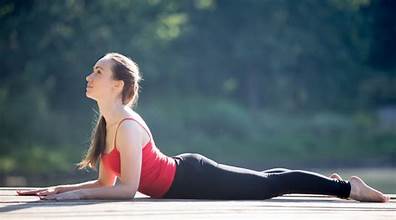
How to carry it out?
The legs should be stretched out behind you while lying on your stomach.
Elevate the chest and drive the forearms into the floor while putting your elbows beneath your shoulders.
Draw your chest forward and maintain a comfortable stance.
Breathe softly while holding the stance for three to four minutes.
Benefits:
This position is a great way to start backbends since it helps relieve lower back discomfort and improve posture.
- Reclining Twist or Mathasarasana:
Why it is helpful for beginners:
This pose extends a gentle twist that helps release tension in the spine and improves digestion. This gentle pose is great for winding down at the end of your practice.

How to execute it:
Lying on your back, place your feet flat on the floor and bend your knees.
Stretch your arms out to the sides to form a T-shape.
Lower your knees to the right and turn your head to the left.
Keep your shoulders back and straight.
Change sides after three to five minutes of holding.
Benefits:
The Reclining Twist relieves lower back stiffness, assists with detoxification, and massages the internal organs.
- Pose of the Caterpillar (Paschimottanasana)
Why it’s excellent for novices:
Stretching the entire back of the body, from the calves up to the spine, is what Caterpillar Pose entails. This incredibly soothing stance promotes focus and reflection.

How to carry it out:
With your legs out in front of you, take a seat.
Allow your spine to naturally round as you slowly fold forward.
Let your hands drop to where they will naturally land, and tilt your head in the direction of your legs.
Consider your breathing while holding this stance for three to five minutes.
Benefits:
This posture stretches the lower back and hamstrings, eases nervousness, and encourages surrender.
All the above poses are extremely beneficial for Yin Yoga beginners.
-
Now let us discuss about the Potential harms of Yin Yoga beginners:
Although it is soothing it can be dangerous for beginners if not done carefully. Prolonged holding of a posture can cause overstretching or straining of the muscles, particularly in individuals with a restricted range of motion or joint problems. Beginners run the danger of unintentionally overstressing their ligaments and joints if they are not properly aligned. Furthermore, if not adapted properly, the deep, passive stretches of this yoga can aggravate pre-existing ailments or create discomfort.
We often overlook our body’s limitations, which may result in pain or stiffness after practice. Therefore, when practicing Yin Yoga, beginners are to be cautious and the practitioners should pay attention to their bodies, and refrain from pushing themselves too hard during stretches. To guarantee safe practice, it’s best to begin with shorter holds and ask an experienced teacher for advice.
Conclusion:
In conclusion, what did we learn about Yin Yoga’s Unknown Advantages?
This is a unique and transforming experience that extends beyond the physical flexibility that may be had with yin yoga. This technique enables us to establish a profound connection with our body, mind, and breath by calming down and accepting quiet. Increased mental clarity, less tension, and better joint mobility are some of the unspoken advantages of yin yoga. Additionally, it promotes a profound state of awareness and relaxation that aids in the removal of emotional blocks and long-standing stress.
Yin yoga offers a potent road to comprehensive well-being, whether you’re hoping to enhance a more vigorous yoga practice or are just searching for a method to relax and recharge. Accept the subtle but significant advantages of Yin Yoga and learn how this mild form of exercise may promote harmony and balance in our lives.
FQA:
- What is Yin Yoga?
Yin Yoga is a slow-paced style of yoga that involves holding poses for extended periods, typically between 2 to 5 minutes. It targets the deeper connective tissues, such as ligaments, joints, and fascia, promoting flexibility and relaxation.
- How is Yin Yoga different from other yoga styles?
Unlike dynamic styles like Vinyasa or Ashtanga, Yin Yoga focuses on passive stretches held for long durations. This allows for a deeper stretch of the connective tissues, fostering joint mobility and emotional release. - What are the benefits of Yin Yoga?
Yin Yoga offers numerous benefits, including increased flexibility, improved joint health, reduced stress and anxiety, enhanced mental clarity, and a deeper connection to mindfulness and meditation. - Can beginners practice Yin Yoga?
Yes, Yin Yoga is suitable for beginners. However, it’s essential to listen to your body and avoid pushing too deeply into poses. Beginners should start with shorter holds and seek guidance from an experienced instructor. - How often should I practice Yin Yoga?
You can practice Yin Yoga 2-3 times a week to complement other physical activities or more vigorous yoga styles. Some people enjoy daily practice, but it’s important to allow time for recovery between sessions. - Is Yin Yoga good for stress relief?
Yes, Yin Yoga is highly effective for stress relief. The long-held poses and focus on deep, mindful breathing help activate the parasympathetic nervous system, promoting relaxation and reducing stress levels. - What should I expect during a Yin Yoga class?
In a Yin Yoga class, you’ll spend most of the time in seated or lying-down poses, holding each pose for several minutes. The atmosphere is calm and meditative, with an emphasis on breathing and letting go of tension.

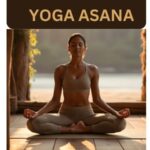
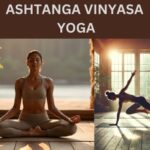

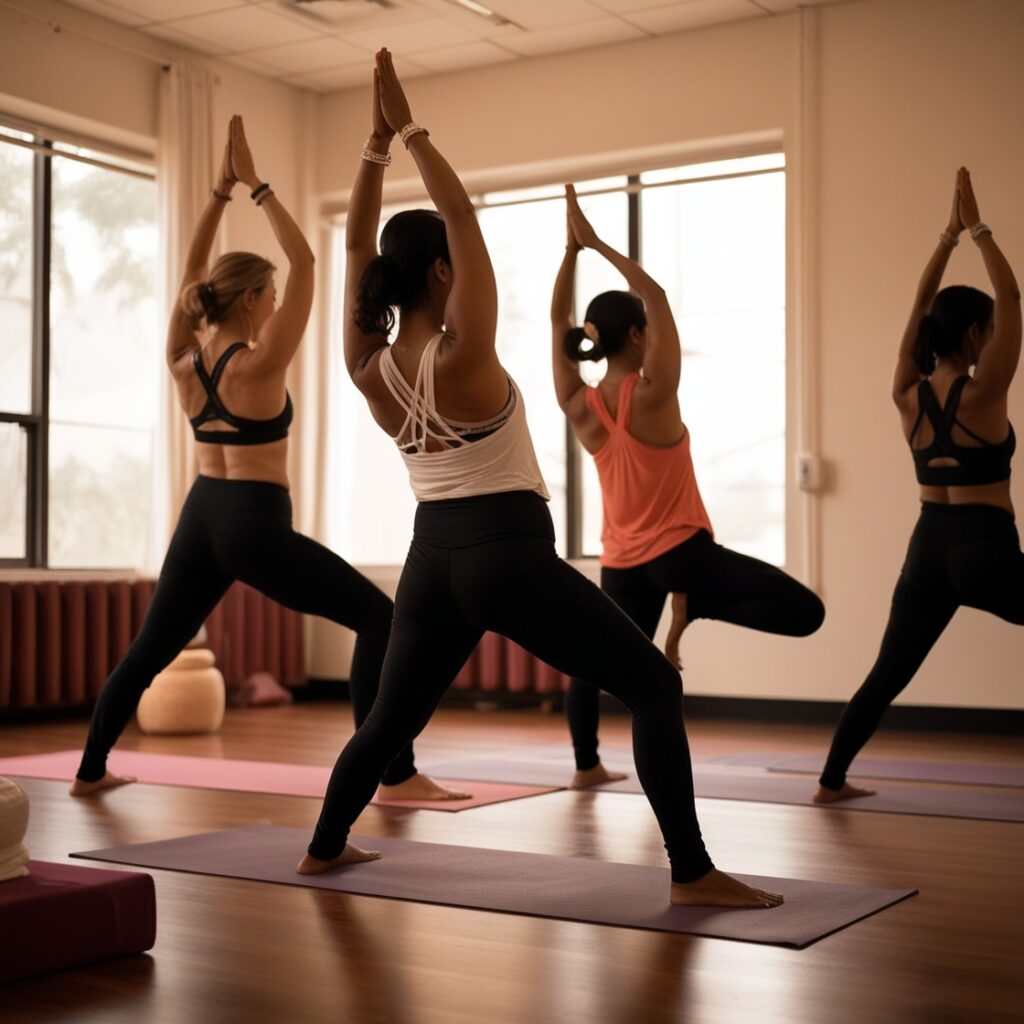
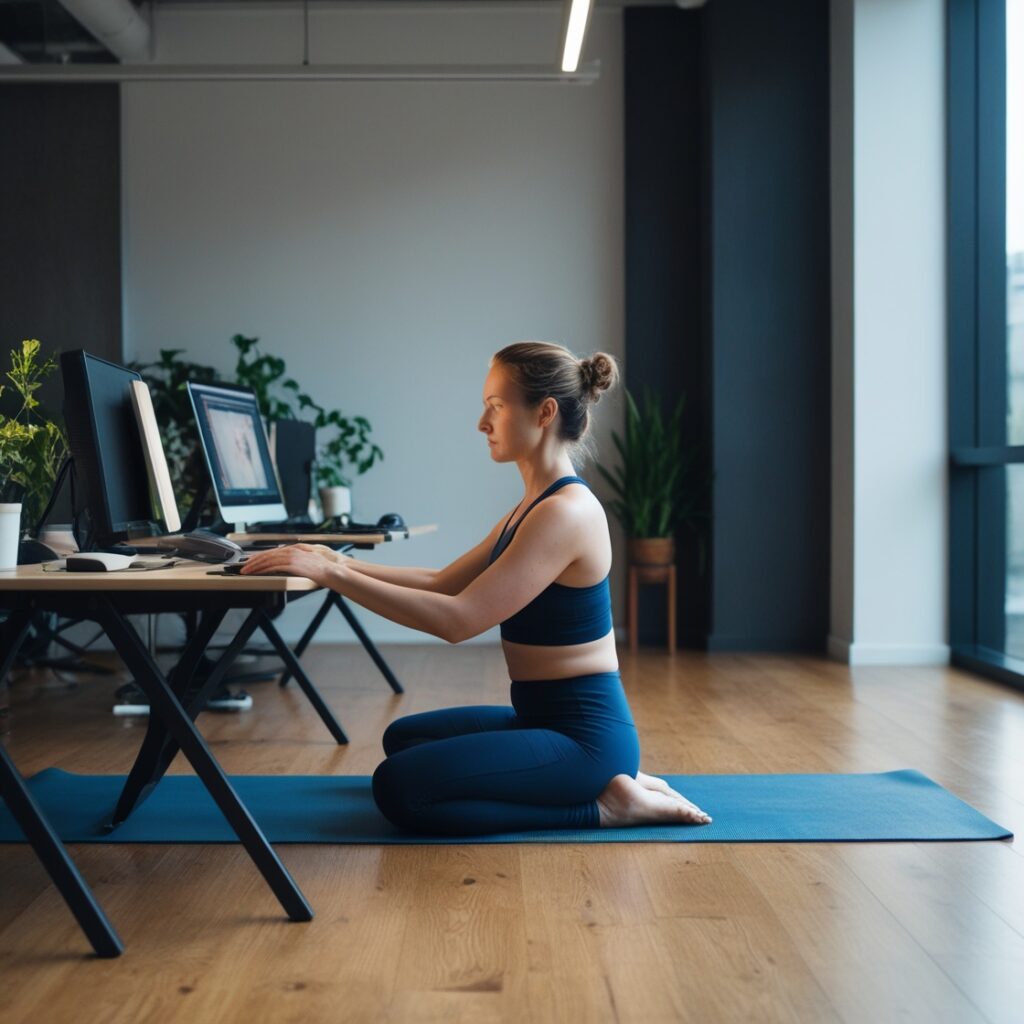

2 thoughts on “YIN YOGA : THE SLOW PRACTICE WITH BIG RESULTS”